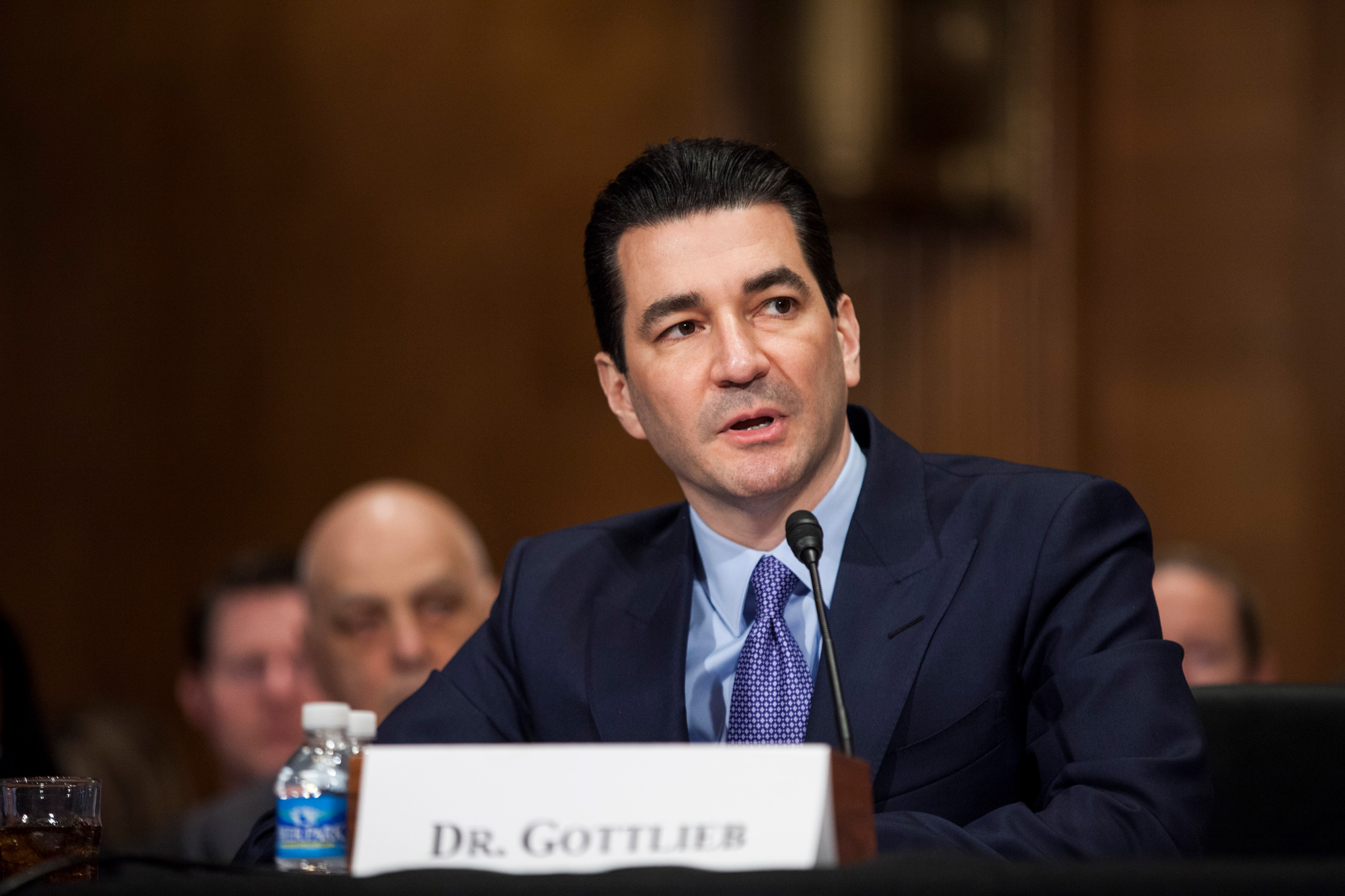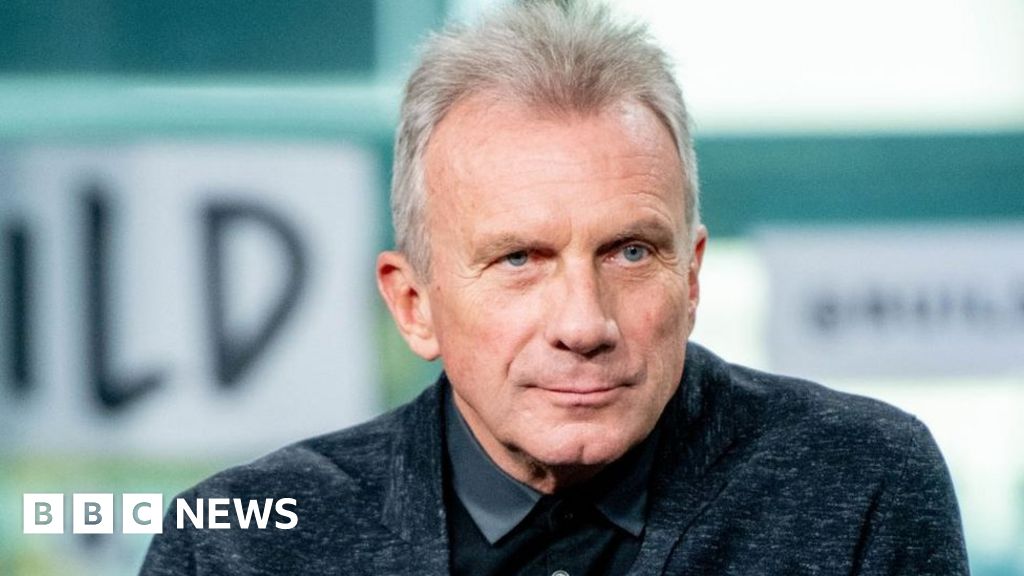CDC reverts to previous language about how coronavirus is transmitted, saying it was "was posted in error"
From CNN's Jamie Gumbrecht and Naomi Thomas
 Signage stands outside the Centers for Disease Control and Prevention headquarters in Atlanta on March 14. Elijah Nouvelage/Bloomberg/Getty Images
Signage stands outside the Centers for Disease Control and Prevention headquarters in Atlanta on March 14. Elijah Nouvelage/Bloomberg/Getty ImagesThe US Centers for Disease Control and Prevention on Monday abruptly reverted to its previous guidance about how coronavirus is transmitted, removing references to airborne transmission it had posted just days earlier.
The guidance had been quietly updated on Friday, according to the CDC’s website. On Sunday, CNN was the first to report the change. The CDC responded to CNN just before noon on Monday to say it was reverting to the previous guidance.
Despite several studies that have shown the novel coronavirus can spread through small particles in the air, the CDC page now says that Covid-19 is thought to spread mainly between people in close contact – about six feet – and “through respiratory droplets produced when an infected person coughs, sneezes or talks” – the same language it posted months ago.
About the Friday change: In language posted Friday and now removed, CDC said Covid-19 most commonly spread between people who are in close contact with one another, and went on to say it’s known to spread “through respiratory droplets or small particles, such as those in aerosols, produced when an infected person coughs, sneezes, sings, talks or breathes.”
These particles can cause infection when “inhaled into the nose, mouth, airways, and lungs,” the agency said. “This is thought to be the main way the virus spreads.”
“There is growing evidence that droplets and airborne particles can remain suspended in the air and be breathed in by others, and travel distances beyond 6 feet (for example, during choir practice, in restaurants, or in fitness classes),” the page said in the Friday update, which has since been removed. “In general, indoor environments without good ventilation increase this risk.
In the Friday update, the CDC had added new measures to protect yourself in others, including recommendations to use air purifiers to reduce airborne germs in indoors spaces and clear guidance to “stay at least 6 feet away from others, whenever possible.”
The updated CDC page had also changed language around asymptomatic transmission, shifting from saying “some people without symptoms may be able to spread the virus” to saying “people who are infected but do not show symptoms can spread the virus to others.
Also on Friday, CDC updated its coronavirus testing guidance to stress that anyone who has been in contact with an infected person should be tested for coronavirus. A controversial earlier update was not written by CDC scientists and posted online before it had undergone the normal scientific review process, two sources confirmed to CNN last week.
CNN reported last week that US Health and Human Services communications officials appointed by President Trump had recently pushed to change language of weekly science reports released by the CDC so as not to undermine Trump's political message, according to a federal health official. Officials within HHS had defended the demand, saying the CDC fell under the agency's umbrella and that all communications and public documents needed to be cleared at the top, and CDC Director Dr. Robert Redfield has said “at no time has the scientific integrity” of these reports been compromised.
Trump's vaccine chief: We'll know about vaccine efficacy between October and January
From CNN Health’s Naomi Thomas
 Moncef Slaoui listens as President Donald Trump delivers remarks about coronavirus vaccine development in the Rose Garden on May 15, in Washington. Drew Angerer/Getty Images
Moncef Slaoui listens as President Donald Trump delivers remarks about coronavirus vaccine development in the Rose Garden on May 15, in Washington. Drew Angerer/Getty ImagesMoncef Slaoui, head of the US government's effort to develop a vaccine against Covid-19, said that “we are pretty close” to having a vaccine for Covid-19.
“We are pretty close,” Slaoui said on CNBC Monday. “In fact, we are – this is an unprecedented program.”
In the United States, there are three vaccines in phase three trials, and a fourth one is scheduled to start imminently, Slaoui said. Two of the phase three trials in the US have almost fully recruited the numbers laid out in their original plans.
“Really, the readout of these phase three trials is 50% of the answer to the question. When we read out efficacy, that is going to happen somewhere between October and December, January. The longer we wait, the more likely,” he said.
The reason it isn’t known and can’t be predicted is because it depends on the number of cases in the study, he said.
The other 50% of what is really important to define when the vaccine will be available is manufacturing and availability of vaccine doses, he said – something which Slaoui said is also progressing well.
The US is investing in up to 25 different manufacturing facilities in the United States to help manufacture the six vaccines that are being supported by Operation Warp Speed. Small numbers of the vaccine doses are already being stockpiled that will be readily available in November and December.
“If approval is granted around that time – or authorization – we may be able, for instance, to immunize the most susceptible populations in the US by December of 2020,” he said. “Most of the elderly population and first line workers in January of 2021, and the rest of the US population progressively in the month of February, March and April.”
How countries across Europe are handling surging coronavirus cases
 People stand outside a metro station in Madrid early on September 21. Oscar Del Pozo/AFP/Getty Images
People stand outside a metro station in Madrid early on September 21. Oscar Del Pozo/AFP/Getty ImagesLast week, The World Health Organization warned that coronavirus cases are surging alarmingly in Europe, with infections spiking to new highs. Many European governments imposted strict local measures in response and began weighing further lockdowns in a bid to halt a second wave of the pandemic.
Here's what we know about where the pandemic and new restrictions stand this week:
This is the formula to reduce deaths and cases, according to Trump's testing czar
From CNN's Madeline Holcombe
 Adm. Brett Giroir, a member of the White House's coronavirus task force, speaks during an interview on September 20. CNN
Adm. Brett Giroir, a member of the White House's coronavirus task force, speaks during an interview on September 20. CNNMaryland reported a record low positivity rate on Sunday of 1.89%, and state officials encouraged the public to continue to be tested to keep cases under control. Many health experts say widespread testing is key to finding asymptomatic or pre-symptomatic carriers, so those people can isolate and prevent the virus' spread.
Smart testing as well as measures like distancing, avoiding crowds, wearing masks and washing hands are key to flattening the virus' curve, Adm. Brett Giroir, a member of the White House's coronavirus task force, told CNN's Jake Tapper Sunday.
In response to the impending harrowing milestone of 200,000 coronavirus deaths, Giroir said "every death is a tragedy" and the task force is working every day to bring them down.
Meanwhile, an updated CDC guidance from the US Centers for Disease Control and Prevention says the coronavirus can be commonly spread through viral particles in the air.
The guidance previously said Covid-19 was mainly thought to spread between people within 6 feet of one another and through respiratory droplets "produced when an infected person coughs, sneezes or talks."
Watch:
Here's where coronavirus cases are rising in the US
As the US approaches the grim milestone of 200,000 coronavirus deaths, more than half of states are reporting a rise in cases — and only six are seeing a decline in cases.
Wisconsin, Idaho, South Dakota, Iowa and Kansas are among the states reporting more new cases in the last seven days, along with a coronavirus positivity rate above 15%.
The test positivity rate is the percentage of all tests given that come back positive for coronavirus.
Here's a look at where states stand:

Watch:
As the US nears 200,000 coronavirus deaths, Trump says he gives himself an A+ on pandemic response
From CNN's Allie Malloy
 President Donald Trump speaks to the press at the White House on September 19 in Washington, DC. Sarah Silbiger/Getty Images
President Donald Trump speaks to the press at the White House on September 19 in Washington, DC. Sarah Silbiger/Getty ImagesPresident Trump once again gave himself an A+ in his handling of the coronavirus pandemic, despite the death toll in the United States expected to hit 200,000 Monday.
This weekend CNN obtained audio recordings from a conversation Bob Woodward had with Trump in July in which Trump gave himself an A on his handling of the pandemic.
Trump then claimed that if democratic presidential candidate Joe Biden was in charge he would have “ran this like he did the swine flu” and “2 to 2.5 million people would die.”
Meanwhile, here's a look at the latest on the pandemic in the US:
Bill Gates: "The end of the epidemic, best case, is probably 2022"
From CNN's Andrea Diaz
 Bill Gates, founder of Microsoft and co-chair of the Bill and Melinda Gates Foundation, delivers a speech during the conference of Global Fund to Fight HIV, Tuberculosis and Malaria on October 10, 2019, in Lyon, France. Ludovic Marin/AFP/Getty Images
Bill Gates, founder of Microsoft and co-chair of the Bill and Melinda Gates Foundation, delivers a speech during the conference of Global Fund to Fight HIV, Tuberculosis and Malaria on October 10, 2019, in Lyon, France. Ludovic Marin/AFP/Getty ImagesBill Gates, founder of Microsoft and co-chair of the Bill and Melinda Gates Foundation, said that even though he expects vaccine approvals to come by early next year, and see the US begin to return to normal by summer 2021, he believes we will not see the end of the pandemic until 2022.
Gates also expressed his frustration with how the US has handled its approach to the pandemic.
"Unfortunately, we did a very poor job, and you could of see that in the numbers if you compare the Asian countries like South Korea and Australia," Gates said.
Additionally, Gates noted the way testing was handled at the beginning of the pandemic, and the way is still being handled today, played a big role in the spread of the virus in the US.
"You know what happened was that 40,000 people came out of China, because we didn't ban the residents and citizens from coming in. We created this rush. And we didn't have the ability to test or quarantine those people, so that seeded the disease here," Gates said. "Even today, people don't get their results in 24 hours, which is outrageous that we still have that."
"There's an unmistakable spike in new infections," former FDA commissioner says
From CNN Health’s Naomi Thomas
 Dr. Scott Gottlieb, former commissioner of the US Food and Drug Administration, testifies during a Senate Health, Education, Labor and Pensions Committee hearing on April 5, 2017, on Capitol Hill in Washington, D.C. Zach Gibson/Getty Images
Dr. Scott Gottlieb, former commissioner of the US Food and Drug Administration, testifies during a Senate Health, Education, Labor and Pensions Committee hearing on April 5, 2017, on Capitol Hill in Washington, D.C. Zach Gibson/Getty ImagesThere is an unmistakable spike in new Covid-19 infections in the US, which is concerning as the country heads into fall and winter, Dr. Scott Gottlieb, former commissioner of the US Food and Drug Administration, said on CBS's "Face the Nation" on Sunday.
"Well, I think we have at least one more cycle with this virus heading into the fall and winter," Gottlieb said. "If you look what's happening around the country right now, there's an unmistakable spike in new infections."
Gottlieb also said the declines in hospitalizations that have been seen over the summer are starting to level off – and that he would expect them to start going up again.
There are about 15 states, he said, that have a positivity rate of 10% or higher, "which is deeply concerning," and about 30 states where the R rate, or rate of transfer, is above one, "meaning they have an expanding epidemic."
It is unclear whether this resurgence of infection is a post Labor Day bump that will start to level off, or the beginning of a resurgence heading into fall and winter, he said, "but I'm deeply concerned that, as we head into the fall and the winter, this is the season when a respiratory pathogen like coronavirus wants to spread, and so there's a lot of risk heading into this season."
Complacency "a real setup for risk": Gottlieb said another concern is that as people start to get a little bit more complacent, due to exhaustion from what the population has been going through, and start going back to school, college and work against the backdrop of fall and winter when people start going inside more due to the weather, "that’s a real setup for risk," he said.
The UK's doubling coronavirus cases mean Boris Johnson can't wake up from his Covid-19 nightmare
From CNN's Luke McGee in London
 British Prime Minister Boris Johnson leaves Downing Street in London to attend the weekly Prime Ministers Questions session on September 16. Dan Kitwood/Getty Images
British Prime Minister Boris Johnson leaves Downing Street in London to attend the weekly Prime Ministers Questions session on September 16. Dan Kitwood/Getty ImagesThe number of coronavirus cases in the UK is doubling roughly every seven days, according to the country's chief scientific advisor, Patrick Vallance. If that rate continues to grow unabated, "by mid-October you would end up with something like 50,000 per day," which "could lead to 200 deaths a day" by November, Vallance warned at a Monday press briefing.
"If we don't act, the virus will take off," Vallance's colleague Chris Whitty, the UK's chief medical officer, told the same briefing in Downing Street. "That is the path we are on and if we do not change course, we will find ourselves in a difficult problem."
The advisors' comments have fueled speculation that the government is preparing the ground for a second national lockdown, or other hard measures, in order to get cases back to a sustainable level.
"In ... the next six months, I think we have to realize that we have to take this collectively very seriously," Whitty said, adding that the country had turned a corner "in a bad sense."
Prime Minister Boris Johnson is expected to make a statement to the country later this week.

 5 years ago
858
5 years ago
858 

